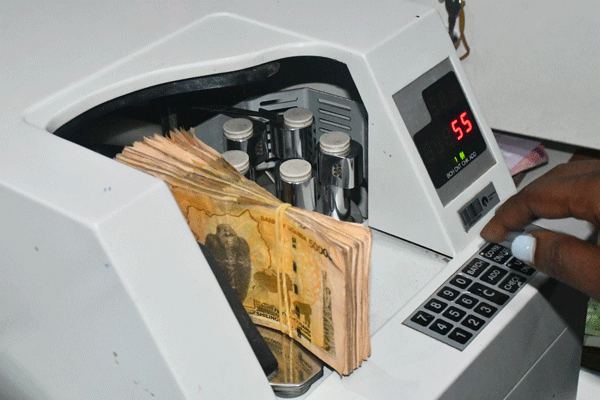Cartoon on religion is a double-edged sword

Writer: Odoobo C. Bichachi. PHOTO/COURTESY
What you need to know:
- “It is important that cartoonists and editors give serious thought to the cartoons they intend to publish especially if they have a tinge of religion, ethnicity, race or sexuality."
Mr Nkata Musa Mutyaba, the imam of Nkonkojeru mosque, sent me the following note on August 10: “I am a Muslim who passed through the hands of loving and generous Catholic priests. I feel greatly offended by your Friday cartoon. Don’t you have an editor for cartoons?”
The cartoon in question, published on August 9, was apparently a bust of a priest wearing a white collar and a chain with a blood-soaked knife dangling from the neck, where ordinarily it would be a rosary. The caption to the cartoon was: “Police in Tororo District have arrested a [Catholic] priest, Dominic Alinga in connection with the murder of John Bosco Ngorok, a Uganda Revenue Authority official.” The murder reportedly happened in Entebbe on August 4.
Imam Mutyaba essentially raises two questions, namely; the editorial gatekeeping process and ethics around publishing cartoon. First, to whether Daily Monitor has an editor for cartoons.
Yes it does! The editorial cartoon is published in the Op-Ed sections of the newspaper. This section – usually a spread – includes the editorial (the newspaper’s official commentary on an issue), and opinions and commentary by columnists and other contributors.
The op-ed pages – and the cover page – are the direct responsibility of the editor of the newspaper. Because the editor is a busy person attending to a myriad other things, actual handling of the op-ed pages is delegated to the op-ed editor while the cover page handling is delegated to the news editor and chief sub-editor.
Note that while the mechanics of putting together the pages is delegated, full responsibility remains on the editor of the newspaper and he/she signs them off. The rest of the pages are the direct responsibility of section editors – e.g. business editor, features editor, sports editor, etc. Still, the editor takes supervisory responsibility over the entire newspaper, including adverts.
Now to the questions of ethics. Imam Mutyaba in effect says the cartoon portrayed Catholic priests in bad light as callous killers yet his own experience being raised by them is different.
I addressed myself to this matter in my column of May 29, 2020 headlined, “Careful! Cartoons on religion may invite laughter and fury”. I wrote then that: “Cartoons are easily the most humorous part of a newspaper, with the editorial cartoons perhaps its most acerbic political commentary. As a result, cartoons tend to draw amusement and anger in almost equal measure.”
I also counselled that “…in the process of delivering their message and humouring their audiences, cartoonists must be sensitive to the raw emotions that their cartoons may stoke, and religion is one of the most emotive areas.” That advice still stands.
Tom Bivins, then journalism professor at the University of Oregon (2020), wrote that there was need for cartoonists to exercise “a degree of self-censorship based in normative ethics: the question is what you ought to do, not what you can get away with.”
Cartoons are unique vehicles of graphic social commentary and this was perhaps best captured in the article, “Charlie Hebdo attack – press ethics rules apply to cartoons as well”, Brussels Times, January 7, 2015). The article quoted Andre Linard, Secretary General of the Press Ethics Committee of Belgium.
He said: “Cartoons have a place in the press. They must also respect basic press ethics rules, even if they have their own characteristics. They are a distinctive means of expression. They can mock an event or a person, but must not deceive the reader. A cartoon can take an item and focus on it, but not change its nature. However, setting clear limits is difficult. Each case is different when it comes to evaluating the relevance of a cartoon.”
So was the priest cartoon offensive or not? That is a matter of taste and debate. Still, while it is within the creative ambit of the cartoonist, my counsel as before is:
“It is important that cartoonists and editors give serious thought to the cartoons they intend to publish especially if they have a tinge of religion, ethnicity, race or sexuality. These are areas that easily get people agitated even though publishing them may be perfectly legal. So be sensitive to the audience, consider timing and context, and be sure it is fair comment.”
Send your feedback/complaints to [email protected] or call/text on +256 776 500725.


